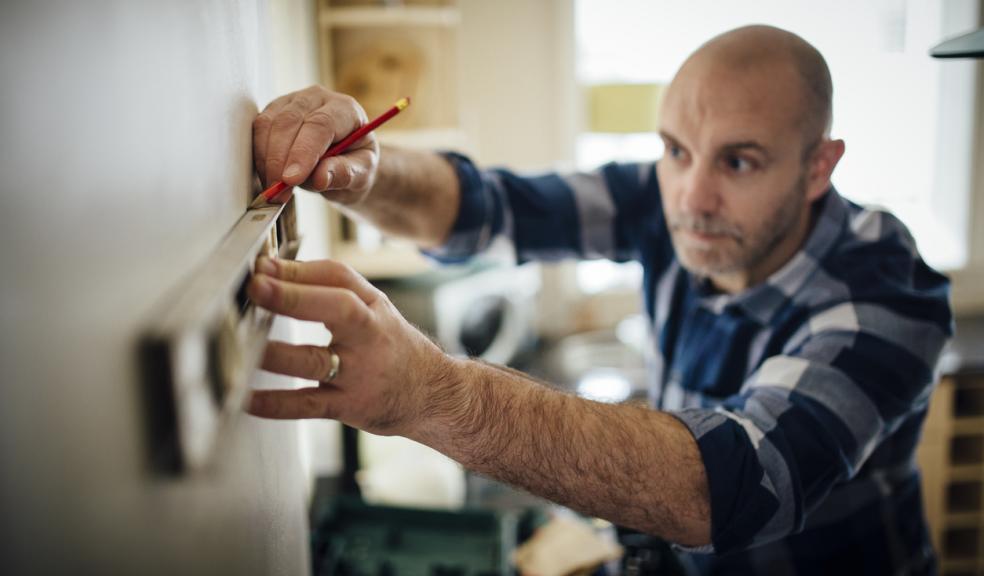
How to get a professional DIY finish during lockdown
With people spending a larger amount of time than usual in their homes, taking on DIY tasks has proven an extremely popular way to keep busy and mentally active. RGB Building Supplies has therefore put together advice and top tips on how to tackle three of the most popular DIY jobs.
Paul West, Branch Manager at RGB Exeter, commented:
“We all have things in our homes that we would like to do, but many of us put the jobs off because we don’t have the time. As this has now changed for many, there’s an influx of people decorating and carrying out repairs. So, our tips are there to help ensure the project is a success.”
Achieve a professional paint finish – preparation is key
Before opening the can and picking up the paint brush, the surface that’s about to be painted needs to be prepared. This includes giving it a quick wipe with ideally a sugar soap spray, filling holes, sanding if necessary and masking off the areas. To get a smooth finish, paint a whole section at once, whether that’s a wall, door, or floor, and do it in long strokes, i.e. from ceiling to floor. Then remove the tape, which was masking off areas, before the paint is fully dry.
Top tip: the better the quality of the brushes and roller, the better the finish.
Repair fencing – use the right fixings
Having had Storm Dennis, Storm Ciara and Storm Jorge batter the country at the start of the year, many people have fallen or wobbly fence panels in their garden that were damaged, which they now have time to repair. Give the fallen panel a once over to check it’s not too damaged and if it is it will need replacing. If okay to repair, remove any loose nails, then line up the edge of the panel with the post and fix. Use fixings, which are either galvanised or stainless steel for durability.
Top tip: Ask a member of the household to hold the panel when fixing it to the post.
Putting up a shelf – have a spirit level handy
This is one of the simplest jobs you can do, but one that can go very wrong. Firstly, what type of wall is the shelf being fixed to? Different fixings are required for putting up a shelf into a plasterboard wall, compared to a brick or masonry wall – don’t be afraid to speak to the retailer and ask for the right fixings. Hold a bracket at the right height using a spirit level to ensure it’s vertical, then mark the holes with a pencil. Drill the hole, then affix the bracket with the fixings. Repeat for the second bracket, but use a spirit level to check the shelf will be flat. The shelf can then be fixed to the brackets.
Top tip: Use a drill bit that is a size smaller than the screws.
Paul West added:
“We would always encourage people to give a job a go, but for complex projects, or anything that involves electrics, gas, or plumbing, please put on hold until an expert can do it, whilst safely abiding to social distancing rules.”













